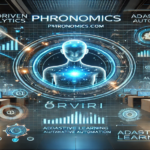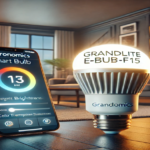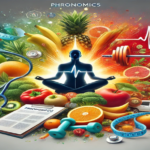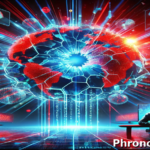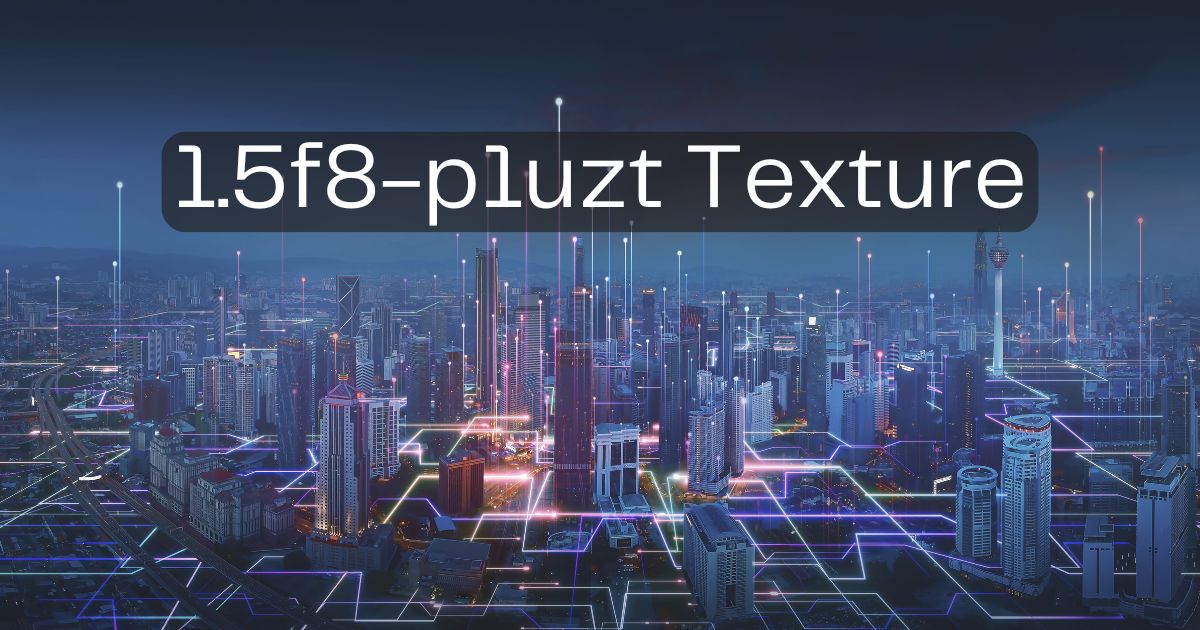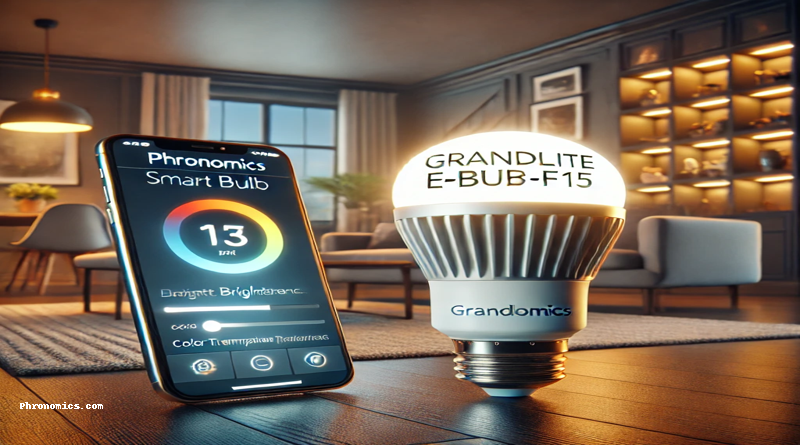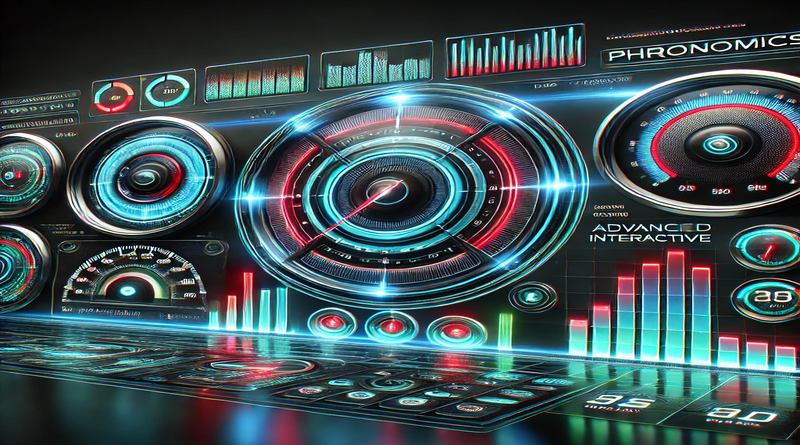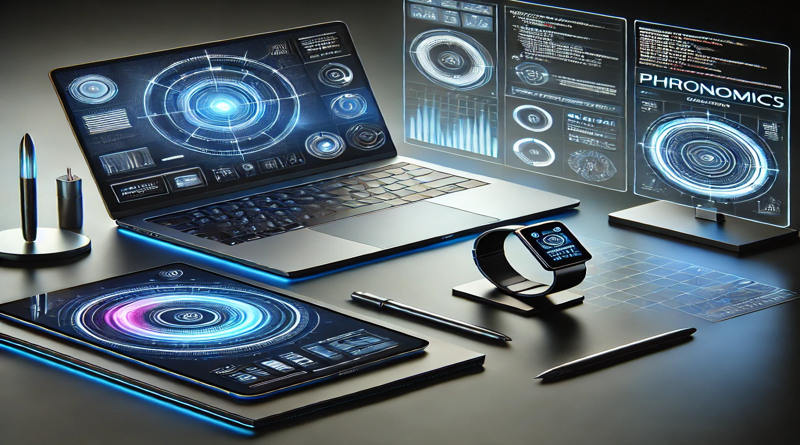In the digital design world, textures play a pivotal role in creating realistic and engaging visuals. One texture that has gained significant attention for its detailed, lifelike appearance is the 1.5f8-p1uzt texture. This advanced texture is known for its unique properties, offering designers and artists a new level of precision and realism. In this ultimate guide, we will dive deep into what 1.5f8-p1uzt texture is, its applications, how to implement it in your projects, and more.
Whether you’re a digital artist, architect, or game developer, understanding the ins and outs of 1.5f8-p1uzt texture will enhance your design workflow and open up new possibilities for creating stunning visuals. Let’s explore why this texture is essential for your creative projects.
What is 1.5f8-p1uzt Texture?
The 1.5f8-p1uzt texture is a highly detailed and complex digital texture commonly used in 3D design and rendering. This texture is known for its realistic representation of materials such as wood, metal, stone, or fabric, making it an essential asset in various creative fields. Its intricate patterns and high-definition quality set it apart from basic textures, allowing for more dynamic and lifelike visuals in any design.
What makes the 1.5f8-p1uzt texture unique is its versatility in digital environments. Whether you are designing for a video game, virtual reality, or an architectural visualization project, this texture can be adapted to match a variety of surfaces and materials. Its ability to simulate the fine details and imperfections found in real-world textures helps create more immersive and visually appealing digital experiences.
The Science Behind 1.5f8-p1uzt Texture
Creating the 1.5f8-p1uzt texture requires a sophisticated process that involves digital modeling, high-resolution mapping, and precise rendering. The texture is built using specialized software, such as Blender or Autodesk Maya, which allow designers to manipulate surface properties to create realistic textures. The primary goal is to replicate the intricate patterns found in natural materials, adding depth, light reflection, and texture mapping for a more lifelike effect.
The texture itself is based on mathematical algorithms that define its appearance. These algorithms help recreate real-world imperfections, like scratches, dents, and slight variations in color, which contribute to the overall realism of the texture. The result is a texture that not only looks real but also behaves in a way that mimics how physical materials interact with light, shadow, and surroundings.
Applications of 1.5f8-p1uzt Texture
The 1.5f8-p1uzt texture is a versatile asset used across a wide range of digital applications. Some of the most common uses include:
Video Games & Virtual Environments
In gaming, realism is key to creating immersive experiences. The 1.5f8-p1uzt texture plays a vital role in achieving this by providing high-fidelity surfaces that reflect light and shadows in realistic ways. Whether it’s the bark of a tree, the surface of water, or the intricate details of a character’s clothing, this texture can be applied to various elements to enhance the visual appeal of a game or virtual environment.
Architectural Visualization
Architects and designers rely on realistic textures to showcase their projects to clients. The 1.5f8-p1uzt texture is perfect for creating lifelike visualizations of buildings, interiors, and landscapes. By simulating materials like stone, wood, or concrete, it helps clients visualize how a space will look once completed, making it a crucial tool in the design process.
Product Design & Prototyping
Product designers use the 1.5f8-p1uzt texture to simulate the look and feel of materials before physical prototypes are made. It allows for quick and cost-effective visual testing, ensuring that the design meets aesthetic and functional requirements before any production begins.
Benefits of Using 1.5f8-p1uzt Texture
There are several key benefits to using 1.5f8-p1uzt texture in your projects:
Enhanced Realism
One of the main advantages of this texture is its ability to replicate real-world materials with exceptional accuracy. The small details, like imperfections and subtle variations in color, add depth to designs, making them appear more natural and lifelike. This results in a more immersive experience for viewers and users.
Increased Efficiency
By using high-quality textures like 1.5f8-p1uzt, designers can save time during the rendering process. Instead of manually adding details to models, the texture automatically provides these intricate elements, allowing artists to focus on other aspects of the project. This streamlined approach improves efficiency and reduces workload.
Versatility
The 1.5f8-p1uzt texture can be applied to a wide variety of projects, from video games to architectural visualizations. Its adaptability allows designers to use it in different contexts while maintaining consistency in visual quality. This makes it a valuable asset for a wide range of industries.
Implementing 1.5f8-p1uzt Texture in Your Projects
Integrating 1.5f8-p1uzt texture into your design projects can enhance your work significantly. Here’s a step-by-step guide on how to do it effectively:
- Choose the Right Software: Programs like Blender, Substance Painter, and Autodesk Maya are ideal for working with high-resolution textures like 1.5f8-p1uzt. Ensure that your software is capable of handling complex textures.
- Select the Appropriate Model: Before applying the texture, ensure that your 3D model is optimized for high-detail textures. Clean geometry and properly laid-out UV maps are essential for achieving the best results.
- Apply the Texture: Once your model is ready, apply the 1.5f8-p1uzt texture to the surfaces. Use texture mapping tools to adjust the scale and alignment to ensure it fits seamlessly with the model.
- Refine with Lighting: Lighting plays a significant role in how textures appear. Experiment with different lighting setups to highlight the texture’s features, such as its depth and surface imperfections.
- Render and Adjust: After applying the texture and lighting, render your scene. If needed, make adjustments to the texture’s properties to fine-tune the final output.
Common Mistakes to Avoid with 1.5f8-p1uzt Texture
While working with the 1.5f8-p1uzt texture, there are a few common mistakes to avoid:
Overuse of Texture
Applying this highly detailed texture to every surface can overwhelm the design, making it look cluttered or unnatural. Use the texture selectively to maintain visual balance and avoid overloading the viewer.
Improper Lighting
Lighting is crucial when working with textures. Poor lighting can make the texture appear flat or unreal. Ensure that the lighting setup complements the texture, highlighting its depth and features.
Poor Integration
Failing to integrate the texture seamlessly with other design elements can create jarring visual effects. Make sure to match the texture with the surrounding materials and adjust its properties to fit the overall aesthetic.
Advanced Techniques for 1.5f8-p1uzt Texture
To fully harness the potential of the 1.5f8-p1uzt texture, you can use advanced techniques to enhance its appearance:
Combining Textures
For added realism, combine the 1.5f8-p1uzt texture with other textures. For instance, you can layer it with a bump map to simulate surface imperfections like scratches or wrinkles, giving it more depth.
Use of Normal Mapping
Normal mapping can be used alongside the 1.5f8-p1uzt texture to add additional detail without increasing the model’s polygon count. This technique allows the texture to interact with light in more realistic ways, improving its depth and surface details.
Fine-Tuning with Shaders
Shaders can be used to adjust the reflectivity, roughness, and transparency of the texture. By fine-tuning the shader properties, you can make the 1.5f8-p1uzt texture appear even more realistic, particularly in complex lighting conditions.
The Future of 1.5f8-p1uzt Texture
As technology continues to evolve, the 1.5f8-p1uzt texture is likely to see further advancements. Future developments in rendering engines and texture creation tools will allow for even more detailed and realistic textures. In particular, the integration of artificial intelligence and machine learning could lead to automatic texture generation based on real-world data, reducing the time and effort needed to create high-quality textures.
Additionally, with the rise of virtual reality (VR) and augmented reality (AR), the demand for hyper-realistic textures like 1.5f8-p1uzt will only increase. These technologies require textures that can withstand close scrutiny and provide an immersive experience, and the 1.5f8-p1uzt texture is well-suited for these environments.
Resources for Learning More About 1.5f8-p1uzt Texture
To master the use of 1.5f8-p1uzt texture, here are some useful resources:
- Software Tutorials: Many websites and platforms like YouTube, Udemy, and CGMA offer comprehensive tutorials on how to use advanced textures in programs like Blender and Substance Painter.
- Online Communities: Engage with online communities such as Stack Overflow, CGSociety, and Reddit’s 3D modeling and design subreddits. These platforms offer tips, advice, and troubleshooting help from experienced designers.
- Books and Guides: Consider reading books on digital texture creation, 3D modeling, and game design. These resources often provide in-depth insights into using textures like 1.5f8-p1uzt in various applications.
Conclusion
The 1.5f8-p1uzt texture is a powerful tool for digital designers, offering unparalleled realism and versatility. By understanding its properties, learning how to implement it effectively, and avoiding common mistakes, you can enhance the quality of your designs and projects. Whether you’re working in video games, architectural visualization, or product design, mastering the use of 1.5f8-p1uzt will give you a competitive edge in the world of digital design.
Start experimenting with this texture today and see how it can elevate your work to new heights. With its ability to transform a simple design into a masterpiece, the 1.5f8-p1uzt texture is sure to become an indispensable part of your creative toolkit.
